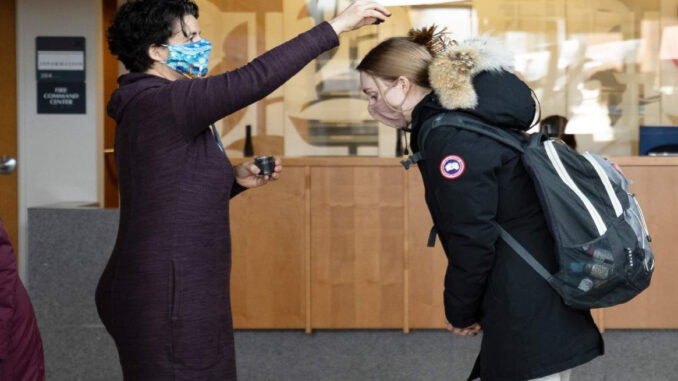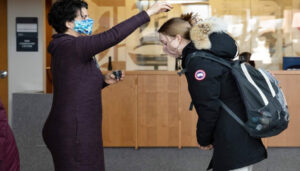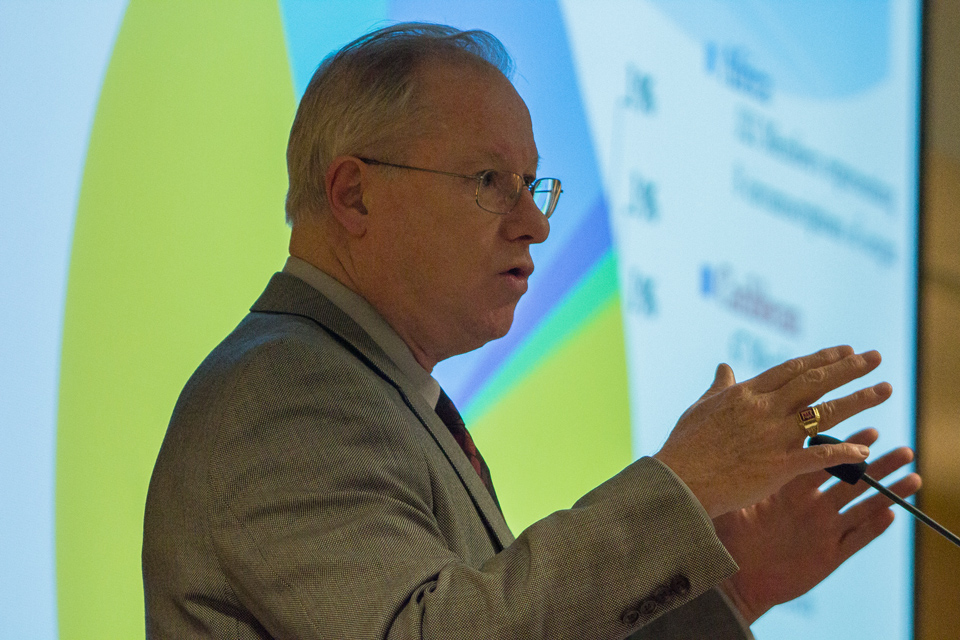

to slightly alter the tradition. To avoid making physical contact, ministers have resorted to sprinkling the ashes on the recipient’s forehead.
Colleen Hammond | News Editor
Just like every other momentous occasion and celebration for the past 11 months, Ash Wednesday is looking a little different this year.
Ash Wednesday, the annual Christian holy day of prayer and fasting, marks the beginning of the Lenten season. This day, preceded by a usual slew of Mardi Gras and Fat Tuesday celebrations, has been transformed by dioceses across the globe to accommodate the new COVID-19 health and safety protocols.
“This year, our Ash Wednesday has to be different,” said Rev. Bill Christy, chaplain of Duquesne in a video addressed to all students. In the years before the pandemic, Christians around the world were marked on the forehead with a highly recognizable cross of ashes. However, since physically touching each recipient would exponentially raise the risk of transmitting the virus, church officials have reevaluated how this sacred ritual will be performed.
“This year we are going to be taking the ash and instead of thumbing it and imposing it on the forehead, the priest or the lay minister is going to take a pinch of the ash, and as the penitent bows their head, the minister is going to sprinkle just a bit of the ash on the top of their head,” Christy said.
While this may seem strange and out of sorts to American Christians, Christy noted that this is customary in other regions and sections of the church.
“This is common in other parts of the world and actually has a lot of biblical connotations in it,” Christy said. “We’re just not used to doing this here in the United States.”
Although it has not been standard practice in the U.S. in previous years, congregations across the city — and nation — are quickly adopting it to protect their parishioners from COVID-19. “It’s how we’re going to celebrate Ash Wednesday this year. We’re going to bow our heads. We’re going to accept the ash. And we are going to know that this year is different,” Christy said.
Christy, who celebrated the final in-person mass in the diocese of Pittsburgh before lockdown began last March, stated his understanding that the struggles of the pandemic and the sacrifices typically associated with Lent run deeply parallel. He said he views the COVID-19 protocols as an extension of Lenten sacrifice.
“This year’s ash symbolizes something different for us,” Christy said. “Because it signifies hope in a new life, a new beginning, a new spring, a resurrection like we haven’t had before.”
Despite Christy’s hope in the Easter season and a conclusion to the pandemic in the springtime, strong precautions are still being taken by Duquesne’s Campus Ministry to ensure the safety of all students and service attendees. In addition to the sprinkling of the ashes, Duquesne’s Chapel is currently operating at a fraction of its in-person capacity. While virtual services are available to the public, those who wish to attend in person must sign up in advance on the Spiritan Campus Ministry webpage. Services are limited to 25 people for the time being.
“As is our custom, we will be all over campus,” Christy said. “Look for us. Come. Receive the ash.” The distribution of ashes was offered in 11 different locations during the day with full masses offered at 7:45 a.m., noon and 9 p.m.
“I don’t think I have ever anticipated an Ash Wednesday like I am anticipating it this year,” Christy said. While the holiday may look different to practicing Christians, Christy remains hopeful in its symbolism and the necessary time of Lenten preparation.
“[Ash Wednesday] tells us that spring’s coming, Easter’s coming. New life is coming. Resurrection is coming,” Christy said. “And I don’t think that I’ve thirsted for that so much as I do this year.”




